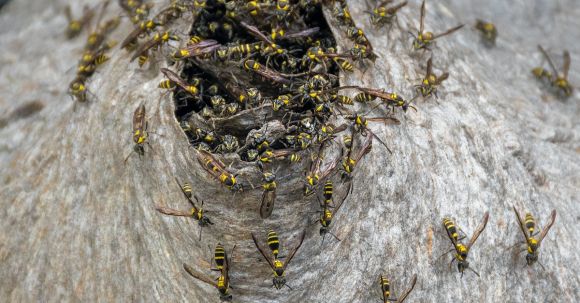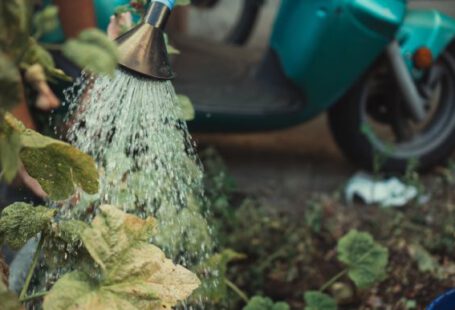Creating a thriving garden involves more than just planting beautiful flowers and tasty vegetables. It also requires maintaining a balanced ecosystem where beneficial insects can thrive. These insects play a crucial role in pollination and pest control, helping to keep your garden healthy and pest-free. In this article, we will explore some effective strategies to attract beneficial insects to your garden.
1. Diversify Your Plantings
One of the first steps to attract beneficial insects is to diversify your plantings. By including a variety of flowering plants, you can provide a range of food sources for different insects. Aim for a mix of annuals, perennials, and herbs that bloom at different times throughout the year. This will ensure a steady supply of nectar and pollen to attract a diverse group of beneficial insects.
2. Choose Native Plants
Native plants are well adapted to the local climate and soil conditions, making them an excellent choice for attracting beneficial insects. These plants have evolved alongside native insects, providing them with the necessary food and shelter. Research which native plants are suitable for your region and incorporate them into your garden design.
3. Create Sheltered Areas
Beneficial insects need shelter to rest, hide from predators, and lay their eggs. By providing sheltered areas in your garden, you can attract a wider range of beneficial insects. This can be achieved by planting dense shrubs, creating rock piles, or building insect hotels. These structures offer protection from the elements and act as a safe haven for beneficial insects.
4. Avoid Pesticides
Pesticides, even those labeled as “organic,” can be harmful to beneficial insects. They not only kill pests but also eliminate the beneficial insects that prey on them. Instead of reaching for a pesticide, try using natural pest control methods such as handpicking pests, using insecticidal soaps, or introducing natural predators like ladybugs and praying mantises.
5. Provide Water Sources
Just like any living creature, beneficial insects need water to survive. By providing a water source in your garden, you can attract and support a variety of beneficial insects. A shallow dish filled with water or a small birdbath can serve as a water source. Make sure to keep the water clean and refreshed regularly to prevent the breeding of mosquitoes.
6. Incorporate Companion Plants
Companion planting is an age-old gardening technique that involves planting certain plants together to benefit each other. By incorporating companion plants, you can attract beneficial insects to your garden. For example, planting marigolds alongside vegetables can repel harmful nematodes and attract beneficial insects like hoverflies and parasitic wasps.
7. Practice Sustainable Gardening
Practicing sustainable gardening techniques can help create a favorable environment for beneficial insects. Avoid over-fertilizing, as excessive nutrients can disrupt the natural balance and lead to an increase in pest populations. Instead, focus on building healthy soil through composting and mulching. Healthy soil supports a diverse ecosystem, including beneficial insects.
In conclusion, attracting beneficial insects to your garden requires careful planning and consideration. By diversifying your plantings, choosing native plants, creating sheltered areas, avoiding pesticides, providing water sources, incorporating companion plants, and practicing sustainable gardening, you can create a garden that is not only beautiful but also beneficial to the ecosystem. By attracting these helpful insects, you can reduce the need for chemical pesticides and enjoy a healthier, more productive garden. So, get started on creating a haven for beneficial insects and watch your garden thrive!





